Foam is an unsung hero in our homes. From the sofa cushions that welcome us after a long day to the mattresses that give us a restful night's sleep, its versatility provides comfort and support in countless ways. Whether you've invested in new foam for a seating area, a campervan mattress, or a special project, you want it to last.
Proper care is essential for extending the life and performance of your foam products. Many people are unsure how to clean or protect their foam, which can lead to premature wear and tear.
This guide provides expert tips to help you maintain your foam, ensuring it remains comfortable, supportive, and in excellent condition for years to come.
Understanding Your Foam: Why It Matters
Not all foam is created equal.
Different types have unique properties, and knowing what you have is the first step to proper maintenance. Using the wrong cleaning method or storage technique can damage the foam's structure, so identifying your type is key.
Here’s a quick look at common foam types we work with:
- High-Density Foam: This is a firm and durable foam often used for sofa cushions, bench seats, and mattresses. It’s built to withstand frequent use.
- Memory Foam: Known for its contouring properties, memory foam is popular for mattress toppers and therapeutic cushions. It reacts to heat and pressure.
- Soft Foam: This type offers a plush, cushioned feel and is ideal for back cushions, headboards, and creative projects where comfort is a priority.
- Chip/Reconstituted Foam: Made from recycled foam pieces, this is an extra-firm and highly durable option, perfect for heavy-use applications like gym mats, bar seating, or contract furniture.
- Reticulated foam: a versatile material characterised by its open-cell structure, allowing for excellent airflow and drainage. This makes it an ideal choice for applications requiring quick drying, such as outdoor furniture, filtration systems, or marine cushions. Its durability and resistance to moisture also make it a well-suited option for long-term use in challenging environments.
Each of these requires slightly different handling, especially when it comes to cleaning and storing.
How to Clean Your Foam Products
Spills and dust are a part of life, but they don’t have to ruin your foam. With the right approach, you can keep it fresh and clean.
For Minor Spills and Stains
Accidents happen. When they do, act quickly. For most foam types, spot cleaning is the safest method.
- Blot, Don't Rub: Immediately blot the spill with a clean, dry cloth to absorb as much liquid as possible. Rubbing can push the stain deeper into the foam.
- Use a Mild Solution: Mix a small amount of gentle laundry detergent or washing-up liquid with warm water.
- Dab Gently: Dip a clean cloth into the soapy solution, wring it out so it's damp but not soaking, and gently dab the stained area.
- Rinse and Dry: Use a separate cloth dampened with clean water to "rinse" the area by blotting away the soap. Press a dry towel firmly onto the spot to absorb excess moisture.
- Air It Out: Allow the foam to air dry completely before putting any covers back on. Do not use direct heat like a hairdryer, as it can damage the foam's structure.
Deep Cleaning and Deodorising
For a more thorough clean or to remove lingering odours, a little more effort is needed.
- Vacuuming: Regularly vacuum your foam cushions or mattresses with an upholstery attachment. This removes dust, pet hair, and other allergens that settle on the surface.
- Baking Soda for Odours: Sprinkle a light layer of baking soda over the entire foam surface. Let it sit for several hours, or even overnight, to absorb odours. Afterwards, vacuum it up thoroughly.
- Sunlight with Caution: A short time in the sun can help kill bacteria and air out foam. However, limit this to 30-60 minutes, as prolonged exposure to UV rays can cause the foam to become brittle and degrade.
Pro Tip: Never saturate your foam with water. Most foam types, especially memory foam, act like a sponge and can take an extremely long time to dry. Trapped moisture can lead to mould and mildew.
Protecting Your Foam from Wear and Tear
Prevention is always better than a cure. Protecting your foam from the start is the best way to ensure its longevity.
Use Protective Covers
A cover is your foam’s first line of defence.
- Stockinette: This thin, netted fabric is a must-have underlayer. It helps reduce friction between the foam and your outer fabric cover, making it much easier to put on and remove. It also protects the foam from snagging and crumbling over time.
- Waterproof Covers: For items at high risk of spills, like children's play mats, dining chairs, or pet beds, a waterproof cover is a smart investment. It creates an impenetrable barrier against liquids.
Rotate and Flip Regularly
Just like your car's tyres, foam cushions and mattresses benefit from regular rotation. If your cushion is used on both sides, flip it over every few weeks. If it’s single-sided, rotate it 180 degrees. This simple step helps distribute the wear evenly and prevents sagging in one spot.
Proper Storage for Your Foam
If you need to store foam products, whether for a few weeks or several months, how you store them makes a big difference.
- Keep It Dry: Store foam in a cool, dry place. Attics and basements can be prone to dampness and extreme temperature fluctuations, which can damage the foam. A closet or under a bed in a climate-controlled room is a better choice.
- Avoid Compression: Do not store heavy objects on top of your foam. Over time, constant pressure can cause permanent indentations. If using vacuum-sealed bags, use them for transport but avoid long-term storage, as it can compromise the foam’s structure and ability to bounce back.
- Let It Breathe: If storing for a long period, ensure the foam is in a breathable container or cover. Plastic can trap moisture, so a fabric bag or even an old duvet cover is a better option.
When Is It Time for a Replacement?
Even with the best care, all foam has a lifespan. Over time, it will naturally lose its ability to provide support. Here are the signs that it might be time for a replacement:
- Sagging or Indentations: If the foam no longer springs back to its original shape and has visible dips, it has lost its supportive structure.
- Loss of Firmness: Does your firm cushion now feel soft? If the foam has lost its original density and you sink into it more than you used to, it's a sign that the cell structure has broken down.
- Crumbling or Brittleness: If you notice the foam is becoming brittle or starting to crumble, it has reached the end of its life.
- Discomfort: The most important indicator is your comfort. If a seat is no longer comfortable or a mattress isn't providing a good night's sleep, it’s time to consider a replacement.
Your Go-To Experts for Custom Cut Foam Solutions
Taking care of your foam products ensures they continue to deliver the comfort and support you rely on. By following these cleaning, protection, and maintenance tips, you can significantly extend their lifespan and get the most value from your investment.
If your foam is past its prime or you're starting a new project, we're here to help. At We Cut Foam, we provide custom cut foam solutions for any need, along with expert advice to help you choose the perfect type.
Contact us today to discuss your project or to get a quote on replacement foam. Let us help you bring comfort and quality back to your space.


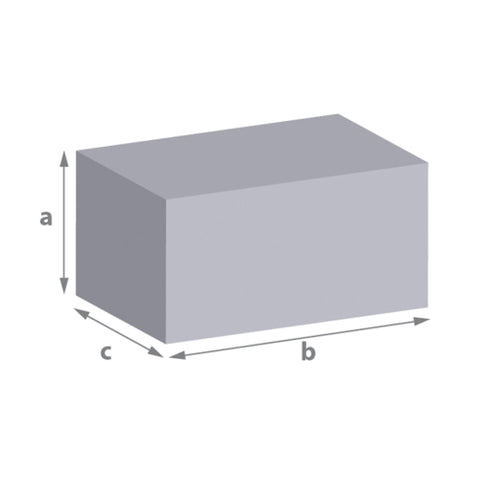
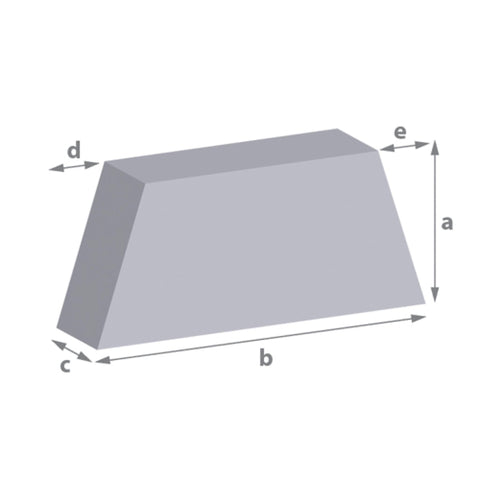
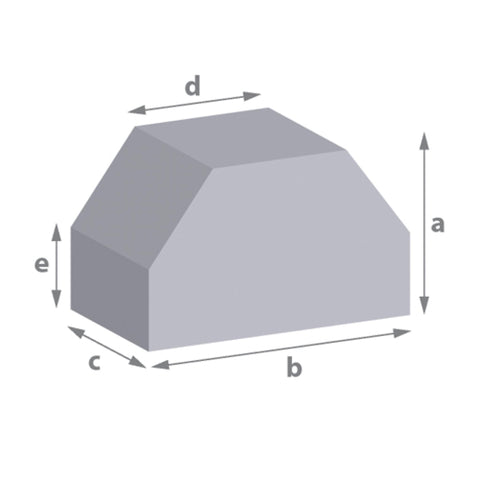
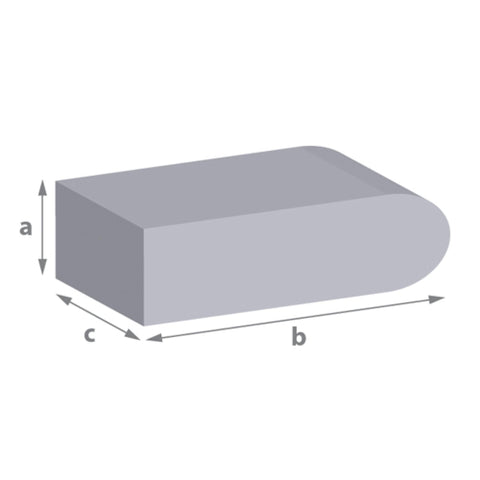
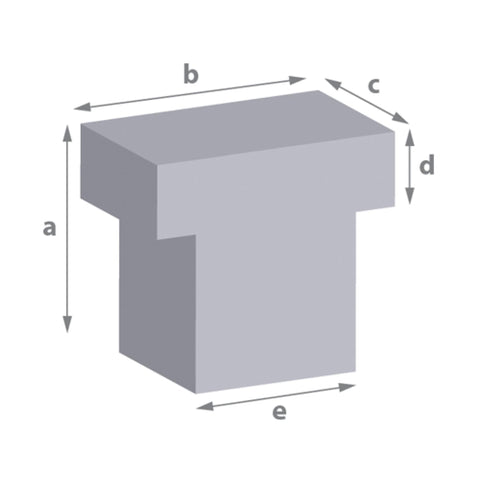
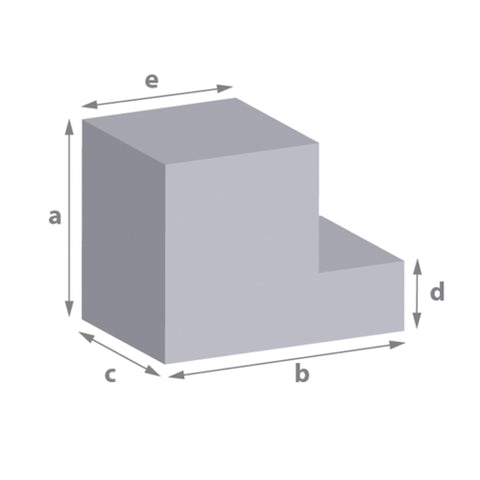
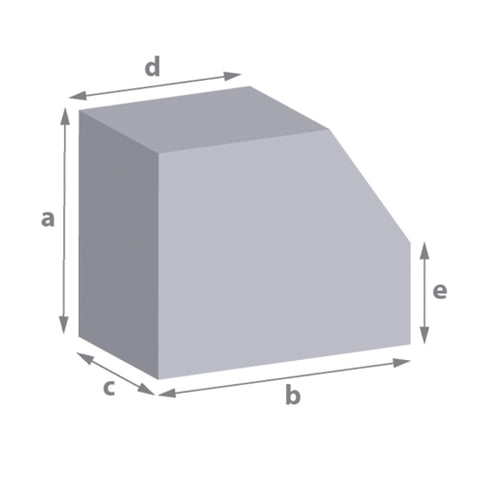
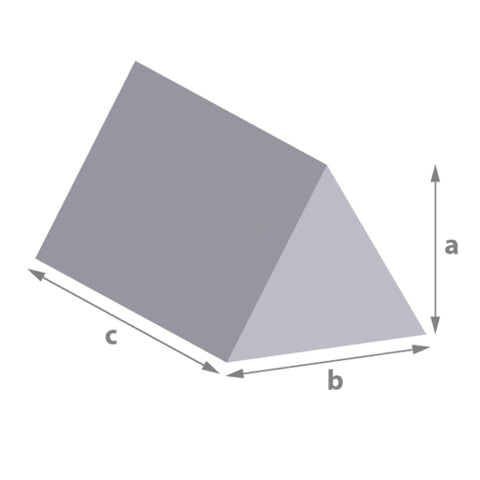
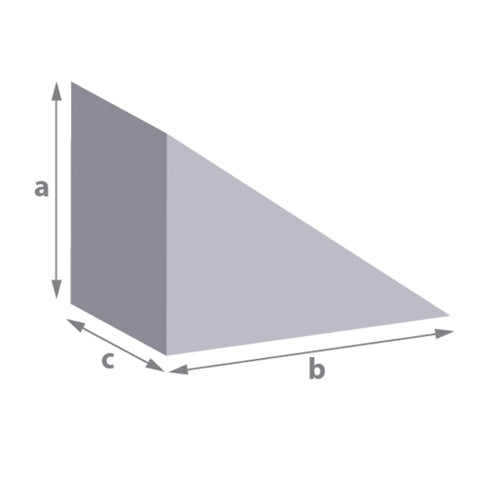
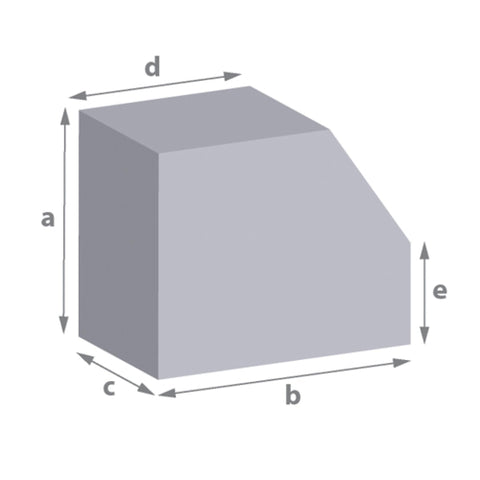
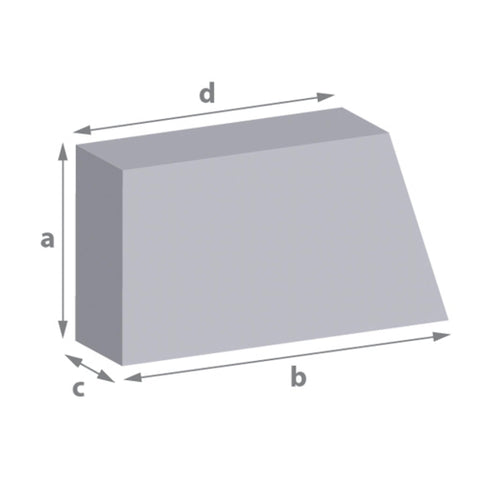
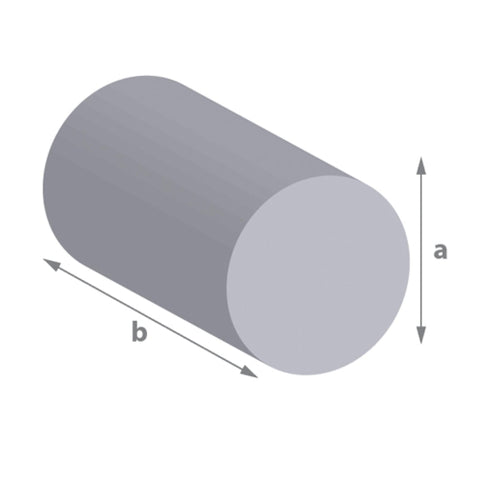
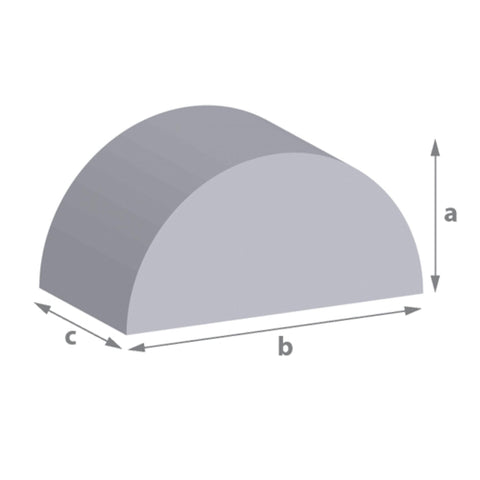
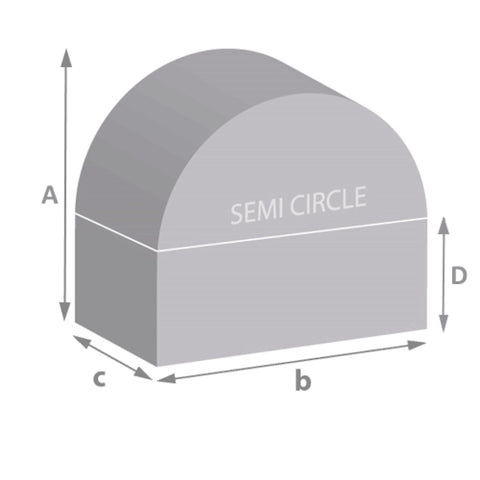
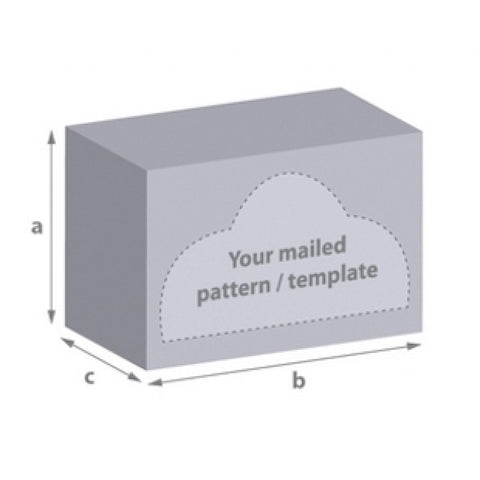

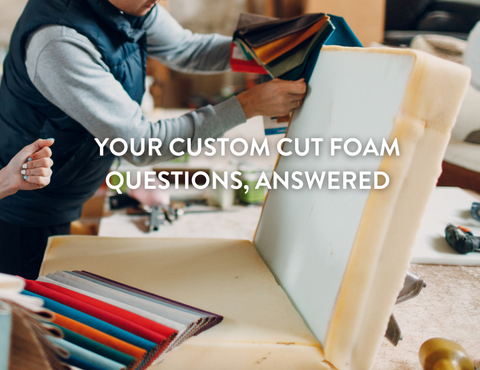
Comments (0)
There are no comments for this article. Be the first one to leave a message!